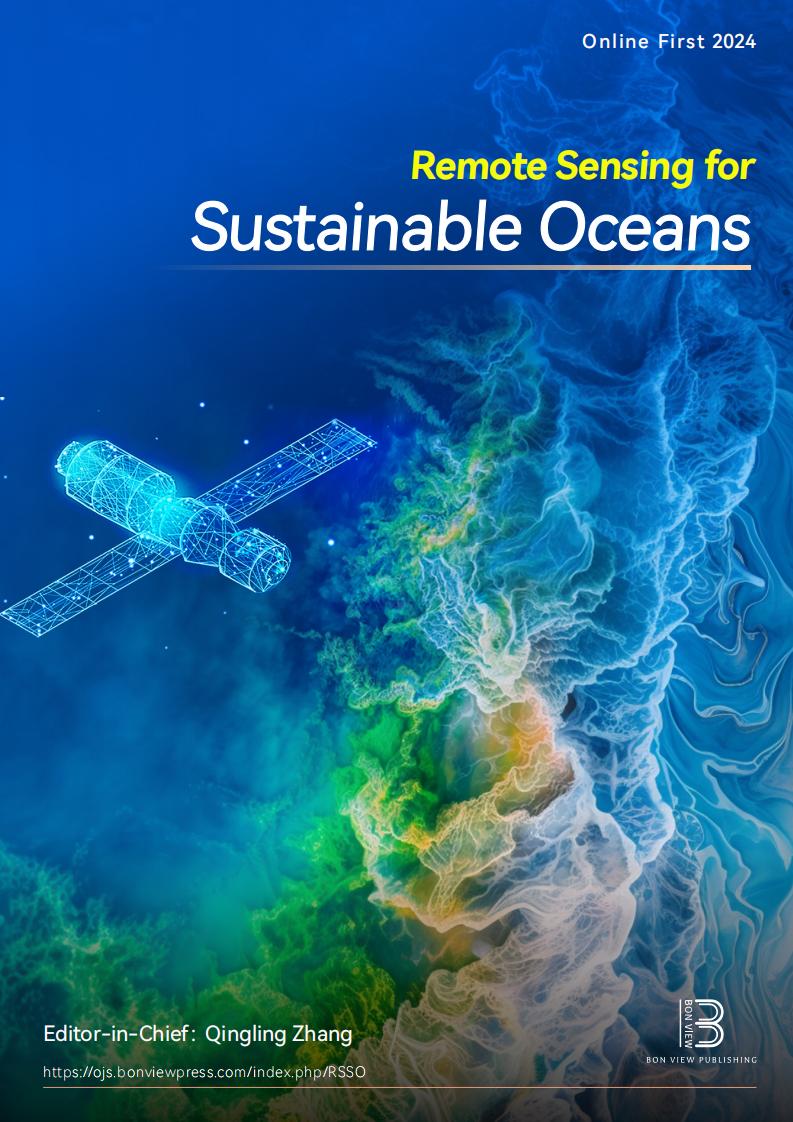Remotely Observing Dynamics of the Global and Regional Industrial Blue Economies During Macroscale Events
DOI:
https://doi.org/10.47852/bonviewRSSO52026174Keywords:
blue economy, marine economy, night light, VIIRS, regional, global, marine industryAbstract
Ocean-based economic activity, known as the "blue economy", has become increasingly important in recent years to resource managers and government policy-makers. One challenge in understanding the blue economy is tracking how it changes relative to government policies, industry decisions, societal trends, extreme weather events, and environmental catastrophes and better understanding potential links will assist making the blue economy sustainable. Time series analysis can meet this challenge but suitable data is not yet commonplace. Remotely observed marine night light has emerged as a robust proxy for industrial marine economic activity and its repetitive nature, independence, and objectivity can help fill this gap. A previously developed method was modified to create multiple quarterly time series using data collected since 2012 by the Visible Infrared Imaging Radiometer Suite (VIIRS) sensor aboard the Suomi National Polar-orbiting Partnership Satellite. The data comprises absolute night-time radiance measurements after stray light correction. Patterns in marine night light at regional and global scales were analyzed using time series restricted to International Hydrographic Organization (IHO) defined seas and oceans and masking light from land-based sources. Bespoke data extraction code included transformations and analytical settings previously tuned and validated using a time series developed using traditional economic accounting data for Australia and found to also equate to similar data from multiple nations. In this study which used IHO seas to analyze night light data, the global time series for both total and marine-only night light grew over time, except during major events like the 2015 global economic slowdown and the COVID-19 pandemic. Marine and global night light intensities followed parallel trends until the COVID-19 pandemic when marine night light decreased far more sharply than global night light. Until the pandemic, marine night light contributed 2.5–2.7% of global night light, a proportion similar to traditional estimates of the global blue economy scale. Time series from individual seas and oceans varied significantly, likely due to local factors, but cross-correlation pattern analysis revealed correlated changes over time in some geographically connected seas. Combining correlated time series into supra-regional datasets revealed distinct patterns ranging from high volatility in the Indo-Australian Archipelago versus stability in the Middle Eastern seas. Between 2013 and 2024, percentage contributions by different regions to global marine night light changed significantly with the seas of the Indo-Australia Archipelago, Japan, China, South Korea, the Mediterranean, and the Middle East becoming more important. These increases were offset by significant night light declines elsewhere, notably in the North Sea region and the Gulf of Guinea. Being able to remotely sense change over time of industrial marine economic activities at different scales and geographies can enhance blue economic analysis and subsequent policy- and decision-making.
Received: 16 May 2025 | Revised: 28 July 2025 | Accepted: 14 August 2025
Conflicts of Interest
The author declares that he has no conflict of interest to this work.
Data Availability Statement
The code used is available via Github or transfer within the Google Earth Engine (GEE) environment. Spatial polygons usable in GEE are also available by transfer within GEE (https://earthengine.google.com/).
Author Contribution Statement
Lyndon E. Llewellyn: Conceptualization, Methodology, Software, Formal analysis, Investigation, Resources, Data curation, Writing – original draft, Writing – review & editing, Visualization, Project administration.
Downloads
Published
Issue
Section
License
Copyright (c) 2025 Author

This work is licensed under a Creative Commons Attribution 4.0 International License.


